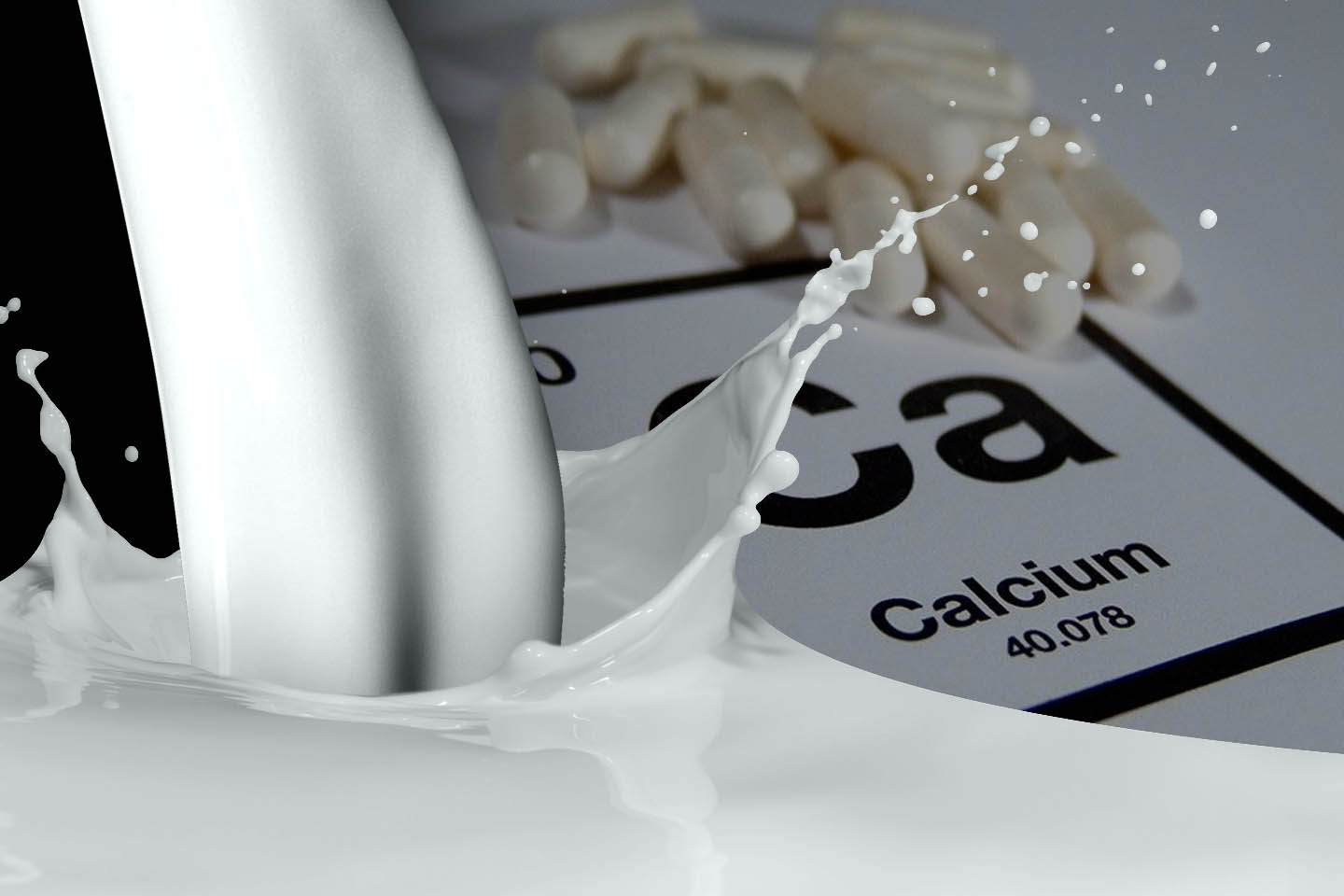Make Plastıc Out Of Mılk
Key concepts; plastic, polymers, milk and casein (protein in milk)
We don’t know if you ever heard that plastic can be made from milk. If you still uninterested, you can be surprised that, between 1900 -1945, in many souvenirs, the material plastic that made from milk is used. For example, buttons, beads, ornaments, ball pens, hand mirror stems, fancy combs and brush sets. Milk plastic (generally known as casein plastic) even used for making jewelry for Queen Mary of England. For homemade plastic, you only need to have vinegar and hot milk. These kinds of plastic are odorless, not solvable in water, recycle friendly, anti-allergen and has almost not flammable structure.
Plastics generally have wide range, due to their pattern and visuals, and you can alter the shape almost all of them. The reason behind the differences between plastics is only because of their molecular structure. All plastics are formed by repeated molecular chains that called polymers. Polymers are made of different kinds of molecule chains that have orderly bonds together. If one mole type is repeating itself, it’s called monomer.
The protein in milk is called casein. Each of the monomer and each monomer chain is a polymer. These polymers shape can be altered. This is why milk based plastic is called “casein plastic”.
Ingredients:
Measure cup
Milk
Stove and pan or microwave and microwave cup
Heat resistant cup
White vinegar
Paper towel
Clean, hard and moisture resistant surface
Spoon
Cookie mold, food coloring
Adult company for working with hot liquids
Preparation Stage:
Heat a cup of milk in the pan till it starts to produce steam. Alternatively, you can heat the milk in microwave at half power for 5 minutes. The temperature is suggested to be as same as hot chocolate. It can be a bit more, if needed.
How to Do It?
Pour 4 spoons of white vinegar to a heat resistant cup.
Pour the hot milk on to the vinegar. You need to see white bubbles on the surface.
Stir the mixture gently for couple seconds.
Place the paper towel on a hard surface
When the mixture is cold a bit, put the balls of mixture on to the towels.
Gather all the balls of mixture and impaste them. Now you have casein plastic.
Now it’s the right time for shape or color the plastic.
After you done the previous steps, you need to leave them to dry on towel for 48 hours. Casein plastic is hardened after completely dried.
Apart from these steps, to shape them, all balls must be dry completely. You can shape them with cookie molds or if you are a patient person, you can carve into them. Dried casein plastic can be colored with felt tip pen. When making the mixture, the amount of vinegar can be changed for experimentation and getting better results. Other way of gathering the balls is pour the mixture onto a cotton fabric. After it dried, you will have the maximum casein plastic. Instead of vinegar, you can use other acid based materials in your house. For example, orange juice, acidic beverages and tomato juice.
Source:
https://www.wikihow.com/Make-“Plastic”-out-of-Milk
https://www.scientificamerican.com/article/bring-science-home-milk-plastic/



